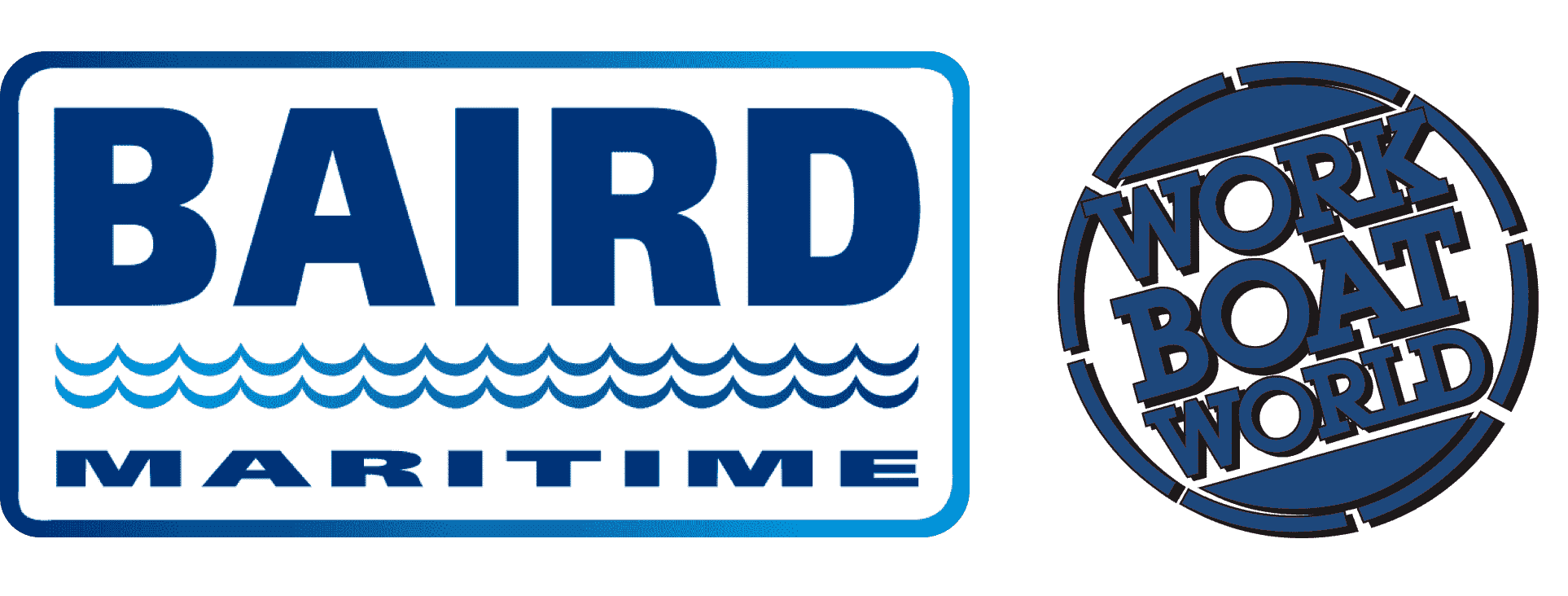VESSEL REVIEW | Impulse – Suspension crewboat to support Baltic Sea offshore wind activities
German utility company EnBW recently placed a new catamaran crewboat into service.
Impulse was built by local shipyard Wallaby Boats to be capable of safely transferring technicians to offshore wind turbines even in heavy seas. Specifically, the vessel will be operated in support of EnBW’s Baltic Two offshore wind farm in the Baltic Sea.
Impulse has an LOA of 18 metres (59 feet), a beam of nine metres (30 feet), and a draught of only two metres (6.6 feet). The wheelhouse has forward-leaning windscreens to help reduce glare and to minimise the use of wipers when underway in rough seas or bad weather.
Upward-facing windows will meanwhile enhance the helm operator’s situational awareness, particularly when manoeuvring near wind turbines.
Innovative hull suspension system to help reduce fatigue
The vessel boasts a hull suspension system developed and engineered by Nauti-Craft. The system allows the two hulls of the catamaran to compensate for the motion of the waves independently of one another.
As a result, the vessel’s chassis remains more stable than on conventional crewboats when the system is in passive mode and almost motionless when in active mode. These features make the transit much more comfortable, and the transfer of technicians to offshore wind turbines will also be much safer.
Simulations using software for testing multibody dynamics showed that Impulse can safely transfer personnel at a wave height of 2.1 metres (6.9 feet) when carrying a full load.
EnBW said that the other advantage of vessels with hull suspension systems is that personnel are exposed to less noise, ship movement and centrifugal forces, significantly reducing the risk of seasickness and other health problems.
Also fitted with energy recovery technology
Among the vessel’s notable features is the ability to use the thermal energy generated by the hydraulics in its system – to deice the deck in winter, for example.
According to EnBW, the vessel will also operate more efficiently than other standard ships with the same power in sea conditions.
Construction of Impulse was jointly undertaken by Wallaby Boats and Hitzler based in Lauenberg. Hydac provided the hydraulic equipment while Zoller and Noris supplied the electrical and automation systems.
Thitronik Marine was responsible for the Furuno radar and the other navigation and communications equipment and carpentry firm Wessels undertook fitting out of the interior spaces.


